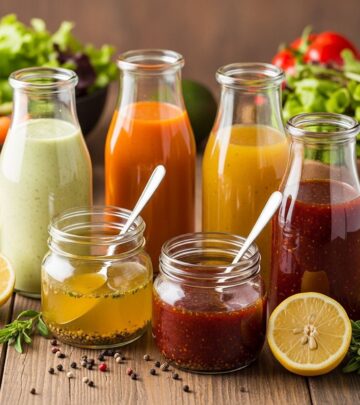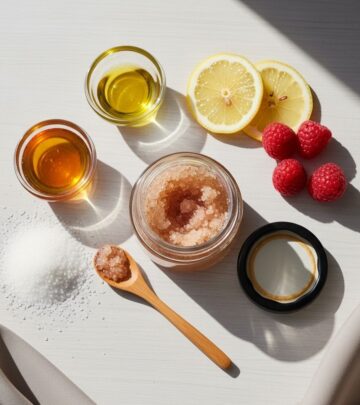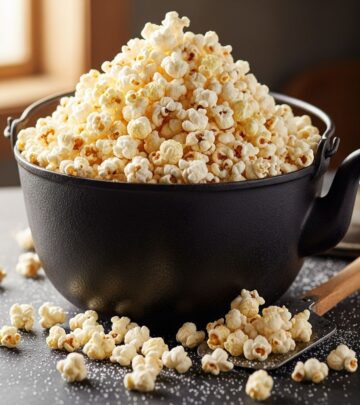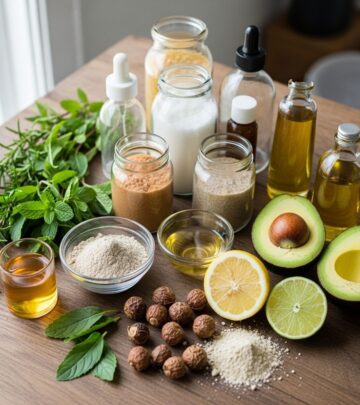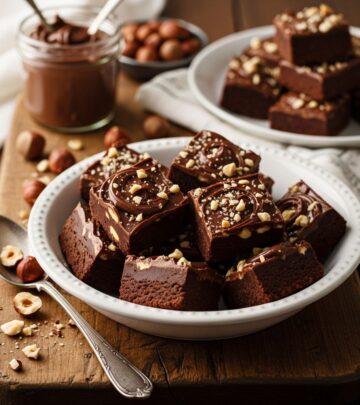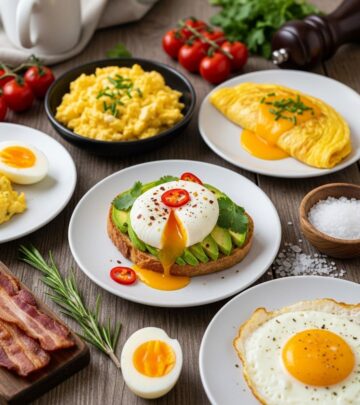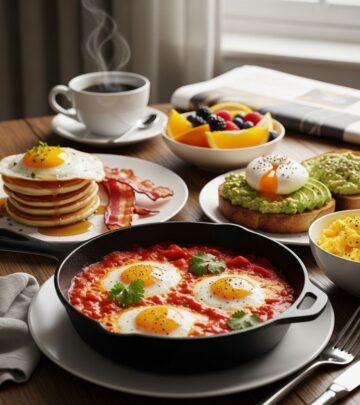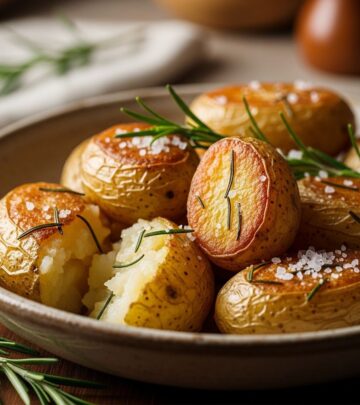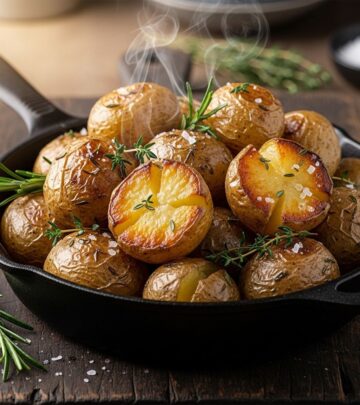Bread Machine Bread Recipe: 6 Ingredients For Perfect Loaf
Discover expert tips and secret techniques to bake perfect, delicious homemade loaves every time!
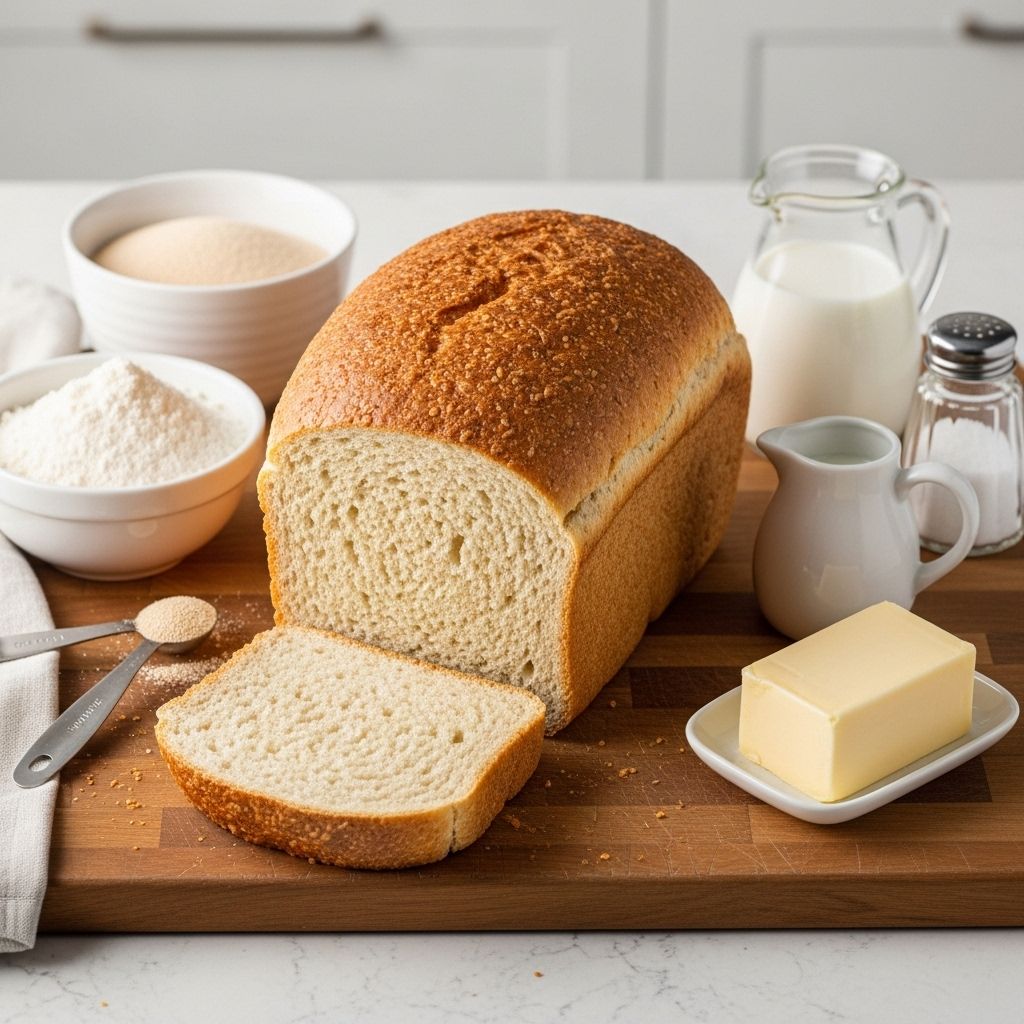
Image: HearthJunction Design Team
The Ultimate Guide to Making the Best Bread Machine Bread
There’s nothing quite like the aroma of freshly baked bread wafting through your home. With a bread machine, you can enjoy this simple pleasure without the hassle of kneading dough by hand or monitoring the oven. Our best bread machine bread recipe is foolproof, requiring minimal effort while delivering maximum flavor. The result? A wonderfully soft and tasty loaf with a perfectly flaky crust that will have everyone asking for seconds.
Whether you’re a novice baker just getting acquainted with your bread machine or a seasoned bread enthusiast looking to perfect your technique, this comprehensive guide will walk you through everything you need to know to create the perfect loaf of bread machine bread.
Why This Bread Machine Recipe Works
Before diving into the recipe itself, let’s explore what makes this particular bread machine recipe stand out from the rest:
- Simplicity: With just six basic ingredients, this recipe is accessible to bakers of all skill levels.
- Reliability: The proportions have been carefully tested to ensure consistent results every time.
- Versatility: This base recipe can be easily modified to create variations according to your preferences.
- Texture: The bread has the perfect balance of softness and structure, making it ideal for sandwiches, toast, or enjoying on its own.
- Flavor: Despite its simplicity, this bread delivers a rich, homemade taste that store-bought loaves simply can’t match.
Essential Ingredients for Perfect Bread Machine Bread
The beauty of this recipe lies in its simplicity. With just six basic ingredients, you can create a delicious loaf of bread that rivals those from your local bakery. Here’s what you’ll need:
Ingredients List
- 1 cup warm water (110°F/45°C)
- 2 tablespoons white sugar
- 1 (0.25 ounce) package bread machine yeast
- ¼ cup vegetable oil
- 3 cups bread flour
- 1 teaspoon salt
Each ingredient plays a crucial role in the bread-making process:
Understanding Your Ingredients
Warm Water: The temperature of the water is critical for activating the yeast. Too cold, and the yeast won’t activate properly; too hot, and you risk killing the yeast. Aim for water that feels warm to the touch but not hot (around 110°F/45°C).
Sugar: Beyond adding a subtle sweetness, sugar feeds the yeast, helping it to activate and produce the gases necessary for the bread to rise properly.
Bread Machine Yeast: This special type of yeast is formulated specifically for bread machines. It activates more quickly than regular active dry yeast, making it ideal for the condensed bread-making cycle of a machine.
Vegetable Oil: Oil adds moisture and tenderness to the bread, preventing it from becoming too dry or dense. It also helps extend the freshness of your loaf.
Bread Flour: Unlike all-purpose flour, bread flour has a higher protein content, which creates more gluten. This results in a better structure and chewier texture in your finished loaf.
Salt: Beyond enhancing flavor, salt plays a crucial role in controlling yeast activity and strengthening the gluten structure, resulting in better texture.
Step-by-Step Instructions
Making bread in a bread machine is surprisingly straightforward, but attention to detail makes all the difference. Follow these steps carefully:
Preparation
- Measure accurately: For best results, use measuring cups for dry ingredients and a liquid measuring cup for water and oil.
- Check water temperature: Use a thermometer if available to ensure your water is at the ideal temperature (110°F/45°C).
- Prepare your machine: Make sure the bread pan is clean and properly installed in your bread machine.
Mixing and Baking Process
- Activate the yeast: Place water, sugar, and yeast in the pan of the bread machine. Allow the yeast to dissolve and foam for approximately 10 minutes. This step, known as “proofing,” helps ensure your yeast is active and will work properly.
- Add remaining ingredients: Add the oil, bread flour, and salt to the yeast mixture in the bread pan.
- Select settings: Choose the Basic or White Bread setting on your machine. If your machine offers crust color options, medium usually works best for this recipe.
- Start the cycle: Press the Start button and let your bread machine work its magic. Most basic cycles take between 3 to 4 hours from start to finish.
- Cooling process: Once the cycle is complete, remove the loaf from the machine. Allow it to cool in the pan for 5 minutes before turning it out onto a cooling rack.
- Complete cooling: Let the bread cool completely before slicing to achieve the best texture and to make clean slices.
Troubleshooting Common Bread Machine Issues
Even with the best recipe, occasional challenges can arise. Here are solutions to common bread machine problems:
Bread Doesn’t Rise Properly
If your bread isn’t rising as expected, consider these potential causes:
- Expired yeast: Check the expiration date on your yeast package. Old yeast loses its effectiveness.
- Water temperature: If the water is too hot, it can kill the yeast; if too cold, the yeast won’t activate properly.
- Too much salt: Salt can inhibit yeast activity if added in excess.
- Machine placement: Bread machines work best in warm environments. Cold kitchens can slow yeast activity.
Bread Collapses During Baking
A loaf that rises and then collapses may be experiencing one of these issues:
- Too much liquid: Excess moisture can weaken the structure.
- Too much yeast: Over-rising can cause collapse during baking.
- Insufficient flour: The dough needs enough structure to support itself.
- Machine vibration: Some machines vibrate during the kneading process, which can cause collapse if placed on an unstable surface.
Dense or Heavy Texture
If your bread is denser than you’d like, consider:
- Insufficient liquid: The dough may be too dry.
- Too much flour: This creates a heavy, dense loaf.
- Insufficient rising time: Some machines have adjustable cycle lengths.
- Flour type: Ensure you’re using bread flour, not all-purpose or other varieties.
Creative Variations on the Basic Recipe
Once you’ve mastered the basic recipe, you can experiment with various additions and substitutions to create different flavors and textures:
Sweet Variations
- Cinnamon Raisin Bread: Add 1 tablespoon of cinnamon and 1/2 cup of raisins during the “add ingredients” beep.
- Honey Wheat: Replace the white sugar with 2 tablespoons of honey and substitute 1 cup of whole wheat flour for 1 cup of the bread flour.
- Apple Spice: Add 1/2 cup of diced dried apples, 1 teaspoon of cinnamon, and 1/4 teaspoon of nutmeg.
Savory Variations
- Herb Bread: Add 1-2 tablespoons of mixed dried herbs such as rosemary, thyme, and basil.
- Garlic Bread: Add 2-3 cloves of minced garlic and 2 tablespoons of grated Parmesan cheese.
- Onion Bread: Add 1/4 cup of dried onion flakes or 1/2 cup of sautéed, cooled onions.
Storing and Serving Your Bread Machine Bread
Proper storage is essential to maintain the freshness and quality of your homemade bread:
Short-term Storage
For bread you plan to consume within 2-3 days:
- Bread box: The ideal storage solution, allowing some air circulation while protecting from drying.
- Paper bag: A good alternative to a bread box.
- Clean towel: Wrap the bread in a clean kitchen towel and store at room temperature.
Long-term Storage
For longer storage periods:
- Freezing: Slice the bread before freezing for easy portion control. Wrap tightly in plastic wrap, then aluminum foil or place in a freezer bag.
- Thawing: Allow frozen bread to thaw at room temperature or toast directly from frozen.
- Refreshing stale bread: Sprinkle with water and heat in a 300°F oven for 5-10 minutes.
Frequently Asked Questions (FAQs)
Q: Can I use all-purpose flour instead of bread flour?
A: Yes, you can use all-purpose flour, but the texture of your bread will be slightly different. Bread flour has more protein, which creates more gluten and gives the bread better structure and a chewier texture.
Q: Can I use active dry yeast instead of bread machine yeast?
A: Yes, but you may need to adjust the process slightly. Active dry yeast should be dissolved in warm water before adding other ingredients, while bread machine yeast can be added directly with the dry ingredients.
Q: Why did my bread machine not mix all the flour?
A: This could happen if ingredients weren’t added in the correct order or if there’s not enough liquid in the recipe. Make sure to follow your machine’s recommended order for adding ingredients, and check that all measurements are accurate.
Q: Can I make this recipe without sugar?
A: The sugar in this recipe feeds the yeast and helps with browning. You can reduce it slightly, but eliminating it completely may affect the rise and color of your bread.
Q: How do I know if my yeast is still good?
A: You can test yeast by dissolving it in warm water with a pinch of sugar. If it doesn’t foam after 10 minutes, the yeast is likely dead and should be replaced.
Conclusion
Mastering the art of bread machine baking opens up a world of possibilities for creating fresh, delicious bread at home with minimal effort. This foolproof recipe serves as an excellent starting point for your bread machine adventures, providing a reliable foundation that can be customized according to your preferences.
Remember that practice makes perfect, and each loaf is an opportunity to refine your technique. Don’t be discouraged by occasional less-than-perfect results—even professional bakers experience the occasional flat loaf or dense crumb.
With this comprehensive guide at your disposal, you’re well-equipped to create soft, tasty bread with a flaky crust that will delight family and friends. Happy baking!
References
- https://www.allrecipes.com/recipe/17215/best-bread-machine-bread/
- https://www.allrecipes.com/gallery/best-bread-machine-recipes/
- https://www.allrecipes.com/recipe/6813/white-bread-for-the-bread-machine/
- https://www.allrecipes.com/recipe/230162/softest-soft-bread-with-air-pockets-using-bread-machine/
- https://www.allrecipes.com/recipe/214650/super-easy-rosemary-bread-machine-bread/
Read full bio of Srija Burman

